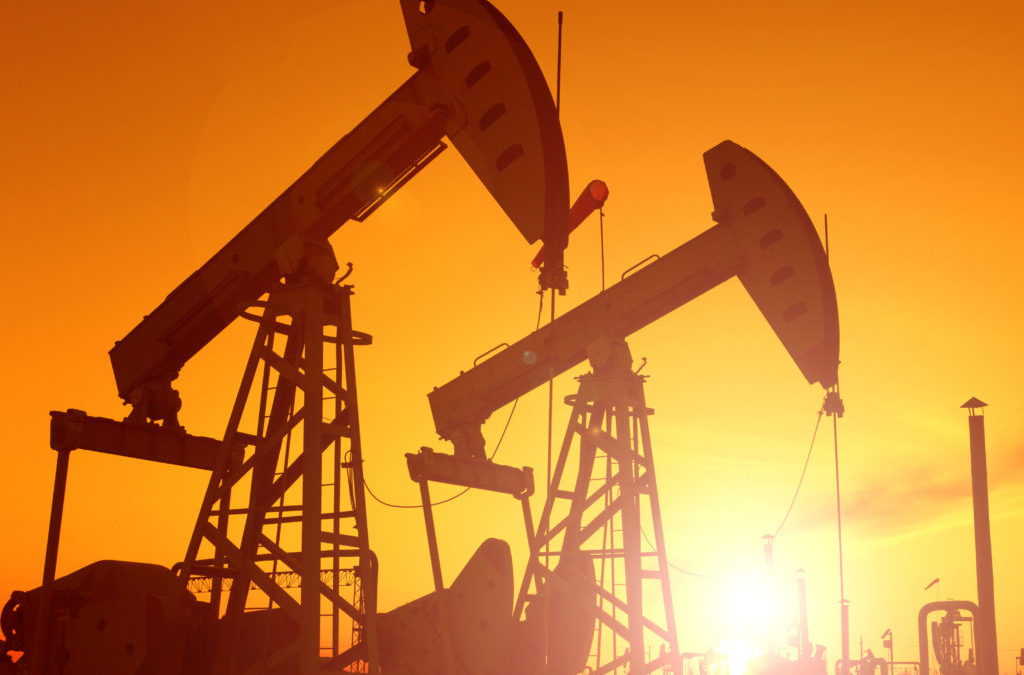Oil production may be slowing in some areas but not in the Permian Basin. According to a BloombergMarket report, the region spanning West Texas and New Mexico will produce more than 2 million barrels of oil a day next month for the first time in data going back to 2007. It’s the only area where output is forecast to grow, as production across the nation’s major oilfields is expected to drop 0.7 percent in November to 4.43 million barrels a day.
The report added that oil output in the Permian will increase 30,000 barrels a day to 2.01 million. But there’s more to the Basin than oil. There are also massive gas fields. Since wells in some areas of the reservoir can produce more than 50 percent natural gas, oil’s rally to a 15-month high will also unleash more of the heating and power-plant fuel on the U.S. market.
In the Permian, “the gas economics are totally tied to oil prices, and the higher the oil prices go, the higher the gas production will be,” said Randall Collum, an analyst for Genscape Inc. in Sugar Land.
Even with oil prices below $50 a barrel, frackers have been able to turn a profit drilling into the Permian’s dense layers of oil-soaked rocks. That’s because the underground geology makes it less costly to extract oil and gas there than in other shale patches.
Drillers and investors are swarming to the area and are fighting to get a hold of land in the oil-rich Permian Basin.

